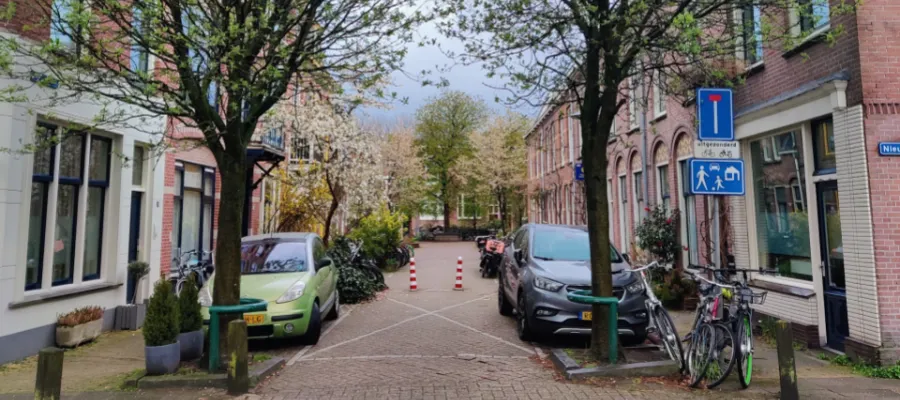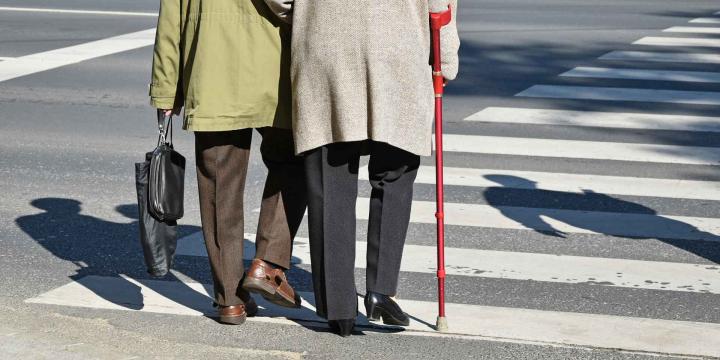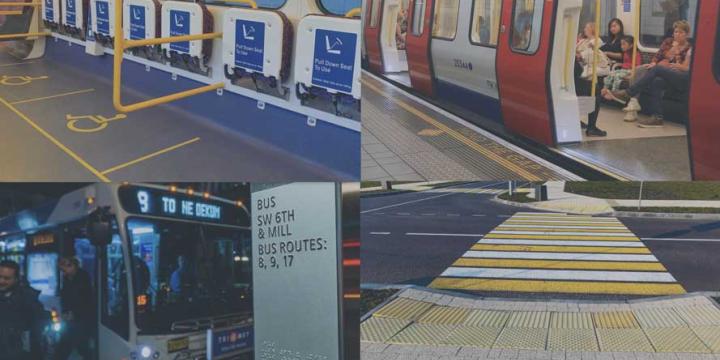Course Info
7 video lessons (55 Mins)
Published
2025Trending
-
4.41
Preview Course
Browse Course Chapters
-
1.Introduction
7 mins
-
2.What is the Good Street?
10 mins
-
3.Principles of the Good Street
7 mins
-
4.Network Level
12 mins
-
5.Street Level
8 mins
-
6.Place-value Assessment
5 mins
-
7.Conclusion
4 mins
What You Will Learn
- Learners will understand, apply and be able to communicate the logic of a systematic tool for determining the overall design of a street based on its role within a road hierarchy and place value.
- Participants will be able to make an informed decision on roadway allocation based on the place and flow functions of a street.
- Learners will practice engaging with a systematic tool for grouping modes and vehicles based on evidence and the concept of kinetic energy.
- Learners will practice making the case for design recommendations based on the Good Street using persuasive writing and countering common counter-arguments drawn from practice.
Course Description
The ‘Good Street’ is a comprehensive method for making decisions about what a street should offer to those moving through it or spending time on it — and how a balance can be struck between these competing demands. It is a working model for making decisions and guiding the development of an evidence-based design based on Dutch principles.
Students will review the conceptual underpinnings of this method (such as reconciling ‘place’ and ‘flow’ functions within a network perspective) and will be guided through the steps that lead to concrete design outcomes. They will also be introduced to the concept of vehicle families (grouping vehicles and modes based on their kinetic potential) as a flexible and resilient basis for governing modes within the ever-changing mobility system. Students will learn how to use a Place Rating Tool to assess the initial state of a candidate street as preparation for the Good Street method, how to balance and resolve conflicting demands for space between the place function and the flow function, and how to make an informed decision on which vehicles to mix and which to separate, based on science and physical characteristics.
Learn these skills
- Bicycle Planning
- Parking
- Pedestrian Planning
- Transportation
- Urban Design
- Urbanism
- Walkability



























